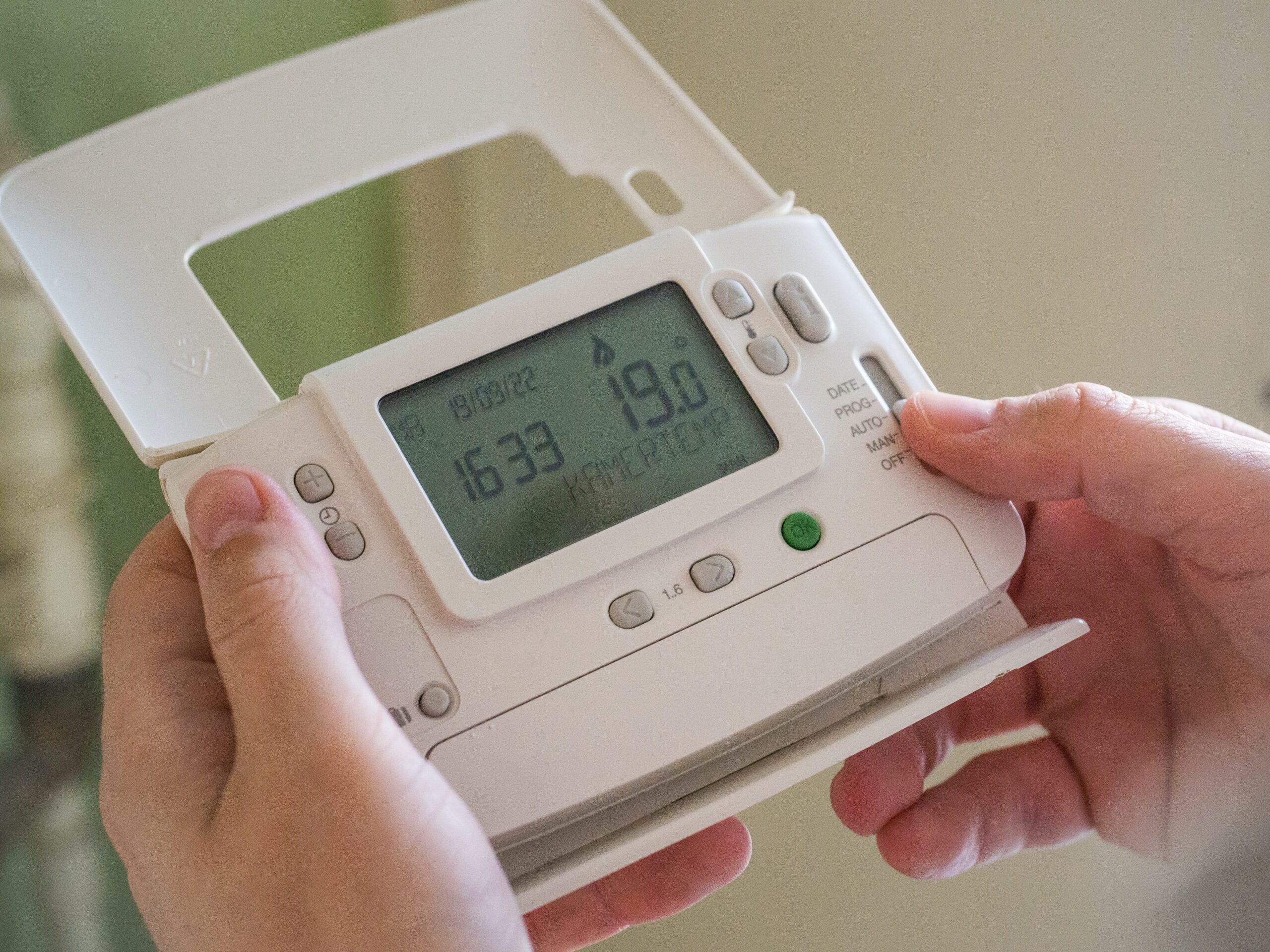Mini split heat pumps are becoming increasingly popular as an efficient and cost-effective way to heat and cool homes. But how exactly do they work? Mini-splits aren't terribly complicated, but they do operate differently from most traditional heating and cooling systems.
Unlike traditional HVAC systems, mini-splits use a single external compressor and numerous small, wall-mounted units in individual rooms. Rather than using energy to heat or cool your home, mini-splits, also known as heat pumps, transfer heat energy between the internal units and the external compressor.
In this article, we will explore the mechanics behind mini-split heat pumps and explain their operation in greater detail. Interested in installing a heat pump in your own home? There are key incentives available for homeowners through the Mass Save Rebate Program.
Understanding the Basics
A mini split heat pump consists of two main components: an outdoor unit and one or more indoor units. The outdoor unit contains a compressor, condenser coil, and fan, while the indoor units contain an evaporator coil and blower. These two units are connected by refrigerant lines that circulate between them.
These systems are also known as ductless mini-split systems, because the indoor and outdoor units are connected only by coolant lines and power cables, not extensive duct networks. Mini-splits are one of a number of energy-efficient, innovative new solutions available for heating and cooling your home.
The Cooling Process
In the summer, when you want to cool your home, the mini split heat pump works similarly to a traditional air conditioner. The refrigerant travels from the outdoor unit to the indoor units, where it absorbs heat and moisture from the air. This cooled air is then circulated back into your home while the warm refrigerant returns to the outdoor unit, where it releases the heat outside.
The Heating Process
In colder months, when you want to heat your home, the mini split heat pump reverses its cycle. The refrigerant now absorbs heat from the outdoor air and brings it inside to be circulated through the indoor mini-split units, providing warm air for your home. Even in cold weather, there is still enough heat energy in the outside air for this process to work effectively.
Benefits of a Mini Split Heat Pump
There are several benefits to using a mini split heat pump in your home. First, they are highly efficient, as they do not burn fuel to create heat but instead transfer it from one place to another. This can result in lower energy consumption, significant energy savings, and lower utility costs. Additionally, with no ductwork required, mini-split heat pumps are less prone to energy loss and can improve indoor air quality.
They are also compact and easy to install, making them a great option for smaller homes or spaces. Multiple mini-splits can be connected to a single external unit, allowing them to cover larger houses as well.
Because there are multiple units, mini-splits can provide multi-zone heating and cooling - each room can be kept at the ideal temperature. If you expand your home, it's easy to provide additional air conditioning coverage to unconditioned space. This combo of flexibility and efficiency has caused these ductless systems to grow rapidly in popularity.
Do Mini Split Heat Pumps Work in Cold Weather?
Many people wonder if mini split heat pumps can effectively heat homes during cold weather. The answer is yes!
While traditional air conditioners may struggle to operate in low temperatures, mini split heat pumps have advanced technology that allows them to function in temperatures as low as -15 degrees Fahrenheit.
As long as electricity is running to the outdoor compressor unit, the mini split heat pump can extract heat from the outside air and transfer it inside.
Mini-Split Cautions
While mini splits provide a high-tech and efficient means of heating and cooling your home, they do require certified technicians to install them. And in extremely cold environments, heat pumps may not be able to transfer sufficient heat energy to heat your home.
That said, in most moderate climates, including here in Massachusetts, heat pumps are a viable alternative to tradition HVAC systems. Like all hvac systems, there are significant upfront costs. But as with traditional ducted systems, those upfront costs are offset by increased energy efficiency in the long run.
Mini-Split Heat Pumps Work! Here’s How To Switch
Mini split heat pumps are a versatile and efficient way to cool and heat homes. By understanding how they work, you can make an informed decision on whether they are the right choice for your home.
With their ability to effectively operate in both hot and cold weather, as well as their many other benefits, mini split heat pumps are worth considering for your heating and cooling needs. So why not explore this option and see if a mini split heat pump is the perfect fit for your home?
Overall, with proper installation and maintenance, a mini split heat pump can provide comfortable temperatures and energy savings for years to come.
Remember, the key is to choose a reputable and experienced HVAC professional who can ensure your mini split heat pump is installed correctly and functioning at its best. Contact us for skilled and trained ductless mini split system specialists.
Get $10,000 In Rebates With The Mass Save Program
Don’t forget to take advantage of the Mass Save heat pump rebate program and stay comfortable year-round while saving on energy costs! You can receive up to $10,000 in rebates, a $2,000 federal tax credit, and you may be eligible for 0% financing up to $50,000! Contact us today to start saving money.

